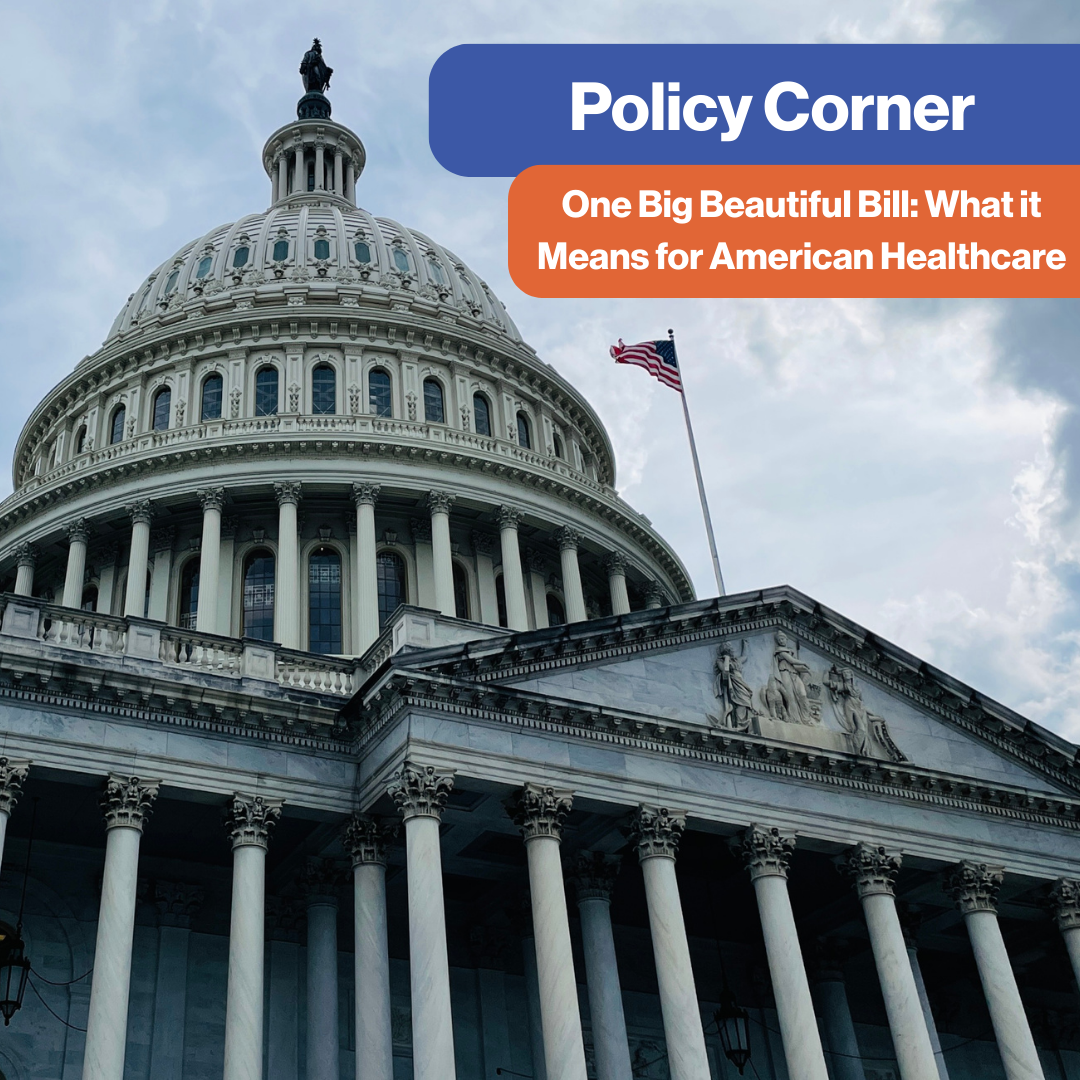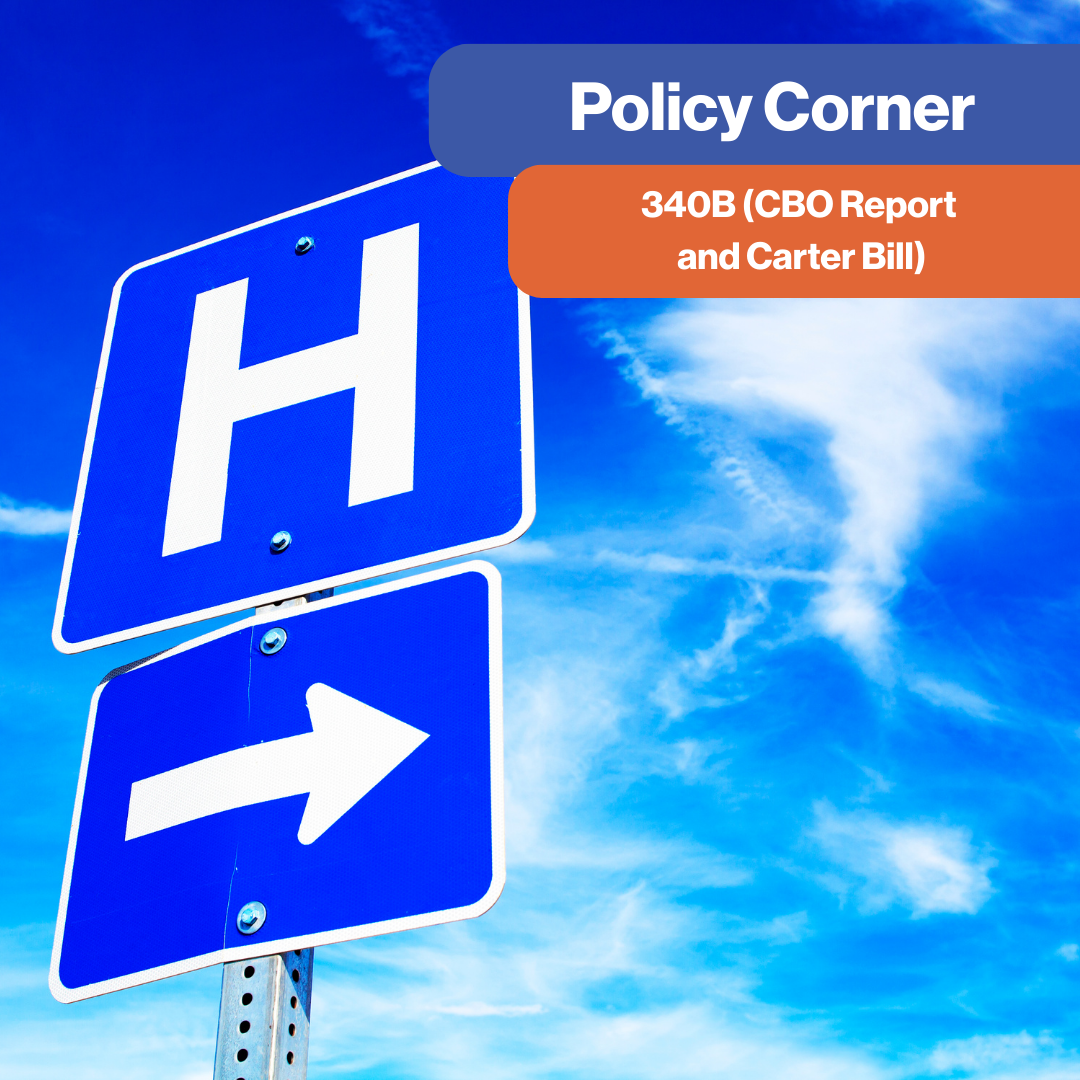On the Fourth of July, President Donald Trump signed the One Big Beautiful Bill Act (numbered H.R. 1 and shortened to OBBB) into law, marking a critical and deeply consequential moment for healthcare in America. While the bill includes measures intended to support rural hospitals and address drug pricing, it also introduces policies that could significantly reduce health coverage for millions. The Congressional Budget Office (CBO) estimates that up to 17 million Americans may lose their health insurance by 2034 due to cuts in Medicaid, changes to the Affordable Care Act marketplaces, and the expiration of enhanced premium subsidies. These projections raise troubling questions about the potential hardships for vulnerable populations and the increased strain on an already fragile healthcare system. As the bill’s provisions begin to take effect, its long-term impact could challenge the accessibility, affordability, and quality of care for countless individuals across the country. In this month’s Policy Corner, we take a closer look at the healthcare provisions of the OBBB.
How Did We Get Here? Late Nights, Narrow Margins, and One Very Long Speech
The Senate passed OBBB earlier in the week of July 4 following a grueling overnight voting session known as a “vote-a-rama,” a budget reconciliation tradition where Senators can offer an unlimited number of amendments. The process is often used as a political tool; in this case, Senate Democrats introduced dozens of amendments aimed at putting Republicans on record on hot-button healthcare issues like Medicaid cuts, drug pricing, and work requirements. The strategy served multiple purposes: to generate politically useful soundbites, highlight potential vulnerabilities in upcoming campaigns, and make the process as drawn-out and politically uncomfortable as possible for the majority party.
Despite these efforts, the final vote came down to a narrow 51–50 tally, with Vice President JD Vance casting the tie-breaking vote. Notably, three Republican senators – Susan Collins of Maine, Rand Paul of Kentucky, and Thom Tillis of North Carolina – broke ranks and voted against the bill. Just one day after the vote, Tillis announced he would not seek re-election in 2026, saying he wanted to spend more time with family and serve out his term with “pure freedom” to act independently. His decision, coming amid backlash from former President Trump for his vote against OBBB, opens a key Senate seat in a closely watched battleground state.
On the House side, the legislation passed Thursday after nearly 24 hours of intense deliberation. The final vote of 218–214 was also razor-thin. Two Republican members, Brian Fitzpatrick (PA) and Thomas Massie (KY), joined Democrats in opposing the bill. In a dramatic moment ahead of the House vote, Minority Leader Hakeem Jeffries (D-NY) delivered a marathon nine-hour-and-two-minute floor speech opposing the package, breaking the record for the longest continuous speech in House history. He was able to do so under a procedural rule known as the “magic minute,” which allows party leaders (typically the Speaker, Majority Leader, and Minority Leader) to speak for as long as they wish when recognized on the floor, despite the usual one-minute limit for members.
Republican leaders had to manage competing concerns within their own ranks to get the bill across the finish line. Some moderate members were uneasy about the depth of Medicaid cuts, while fiscal conservatives expressed concern about the cost of new tax provisions added in the Senate. Ultimately, House leadership declined to make any changes to the Senate-passed version, avoiding the need for another Senate vote and allowing the bill to meet the GOP’s self-imposed Independence Day deadline.
What’s in OBBB?
OBBB includes several healthcare provisions intended to shape the future landscape of American healthcare. While some elements offer short-term relief to pressing policy challenges, a number of provisions raise concerns about their potential long-term impact on patients and providers.
Medicaid Work Requirements
OBBB establishes work requirements for Medicaid beneficiaries in states that choose to implement them, generally requiring certain adults in the program to verify that they are working, training, or volunteering a minimum number of hours each week to maintain coverage. Similar requirements have been tried before through state waivers but faced legal challenges. The CBO has estimated that, if implemented nationwide, these work requirements could result in around 5.2 million people losing Medicaid coverage. Proponents argue that these requirements encourage self-sufficiency and reduce dependency on public assistance. However, critics warn that they may disproportionately affect vulnerable populations, including those with undiagnosed health issues, caregiving responsibilities, or limited access to transportation and employment opportunities. Studies of a similar policy implemented in Arkansas suggest that work requirements can lead to coverage losses without significantly increasing employment, potentially increasing uncompensated care costs and worsening health outcomes.
Medicaid Out-of-Pocket Increases
Medicaid enrollees in states that expanded the Medicaid program may face increased out-of-pocket costs due to OBBB. Specifically, individuals with incomes between the federal poverty level ($15,650 for an individual in 2025) and 138% of that amount ($21,597 for an individual in 2025) could be charged up to $35 for certain medical services. This marks a shift from current practice, where Medicaid enrollees often pay little or nothing for care. Studies have shown that even modest copayments can discourage low-income individuals from seeking necessary medical treatment. Some services, like primary care, mental health care, and substance use treatment, are exempt from these new charges. However, states would be allowed to impose higher fees for non-emergency use of emergency rooms. If patients are unable to pay these charges, hospitals and providers may have to cover the cost, potentially straining healthcare systems that serve low-income populations.
Rural Hospital Relief Fund
OBBB allocates $50 billion over five years to support rural hospitals, aiming to counteract the potential fallout from Medicaid cuts and new eligibility restrictions that threaten to accelerate closures of small, financially vulnerable facilities. According to the Chartis Center for Rural Health, over 400 rural hospitals were at risk of closure before OBBB was enacted, demonstrating the scale of the crisis the funds intend to address. This funding may offer temporary stabilization; however, policy experts emphasize that many rural hospitals are contending with deeper structural issues, such as chronic workforce shortages and persistent reimbursement shortfalls, that cannot be resolved through stopgap funding alone. Meaningful, long-term solutions will likely require comprehensive structural reform.
Provider Tax Cap in Medicaid Expansion States
OBBB sets a new limit on how much states that expanded Medicaid under the Affordable Care Act (ACA) can collect in taxes from healthcare providers. These provider taxes are a way for states to bring in more federal funding through a system called the Federal Medical Assistance Percentage, or FMAP. FMAP determines how much the federal government matches what each state spends on Medicaid; the more a state spends, the more federal money it gets back. By reducing provider taxes of what providers earn from patient care from 6% to 3.5%, the bill could make it harder for states to raise the money needed to get their full federal match. This might force them to cut payments to doctors and hospitals, limit who can get coverage, or reduce services. A report from the Urban Institute found that similar limits in the past could cost states up to $10 billion a year, depending on how they adjust. The CBO estimates that Medicaid provider tax cap would result in $191 billion in cuts to state Medicaid budgets over the next 10 years.
Affordable Care Act (ACA) Changes
OBBB makes major changes to plans provided through the ACA, including shortening the annual enrollment period by about one month and requiring enrollees to update their personal info, like income and immigration status, every year instead of being automatically enrolled. Additionally, the open enrollment window will close one month earlier, and anyone applying for ACA coverage outside the enrollment window, such as due to a job change or adding family members, will now have to wait for all their documentation to be processed before receiving government subsidies to help with monthly premiums. Currently, applicants can receive up to 90 days of premium assistance while their applications are pending, but this will no longer be allowed. The legislation does not include an extension of enhanced premium subsidies, which lower insurance premium costs for enrollees in ACA plans. Originally introduced as part of the American Rescue Plan Act in 2021, the subsidies lower monthly insurance costs for around 90% percent of ACA enrollees. Without Congressional action, these more generous subsidies are set to expire at the end of the year, which could cause premiums to increase by an average of 75% next year, according to the Kaiser Family Foundation.
ACA Changes for Immigrants
OBBB restricts access to federally subsidized health insurance for certain lawfully present immigrants, including asylum-seekers, victims of trafficking, and refugees. These groups are currently eligible to purchase coverage through the Affordable Care Act (ACA) marketplace, often with the help of federal tax credits that reduce monthly premiums. Some also qualify for Medicaid or Medicare depending on income and other factors. Under OBBB, many would lose eligibility for these subsidies, effectively pricing them out of coverage. The CBO estimates that, as a result, 1.3 million lawfully present immigrants will be uninsured by 2034. While the change is framed as a cost-saving measure, it may have far-reaching consequences for public health and safety-net programs, particularly in communities with high immigrant populations.
Orphan Drug Exemption Expansion
The One Big Beautiful Bill (OBBB) includes an important change for patients living with rare diseases: it expands the “orphan drug” exemption in Medicare’s Drug Price Negotiation Program. Under this exemption, certain medications developed for rare conditions (those affecting fewer than 200,000 people in the U.S.) will remain excluded from government price negotiations, even if the drug is later approved to treat multiple rare diseases. This is a meaningful step for the rare disease community. Because these conditions affect small populations, there is often little financial incentive for drug companies to invest in developing treatments. Previously, a drug could lose its orphan status if it was found to treat more than one rare disease, which discouraged broader research. By preserving the exemption even for drugs with multiple rare indications, the policy helps ensure continued investment in therapies that otherwise might not be developed. While this change could reduce the number of drugs eligible for Medicare price negotiations, potentially limiting some government savings, it protectsthe fragile pipeline of innovation for rare disease treatments. For patients who often have few or no therapeutic options, maintaining access to future breakthroughs is a critical priority.
Looking Ahead: Navigating the Risks and Realities of OBBB
The passage of the One Big Beautiful Bill ushers in a complex and consequential set of healthcare policy changes. While some provisions may provide short-term relief, such as support for rural hospitals and increased Medicare physician reimbursements, the potential loss of millions of insured individuals due to Medicaid cuts, changes to Affordable Care Act marketplaces, and the expiration of enhanced premium subsidies raise serious concerns about the long-term stability and accessibility of health coverage across the country.
As these changes begin to unfold, it will be essential for policymakers and advocacy organizations to closely monitor their real-world impacts on patients and communities. The Infusion Access Foundation will be actively engaged in this work, advocating for patients who rely on provider-administered therapies and working to protect access to life-saving infusion care. Proactive efforts and possible legislative adjustments will likely be needed to address unintended consequences, protect vulnerable populations, and ensure that the promise of quality, affordable healthcare remains within reach for all Americans.








